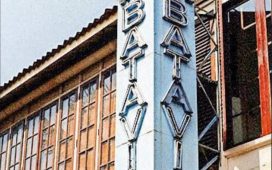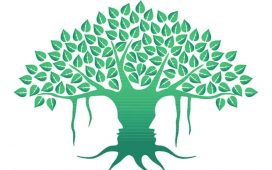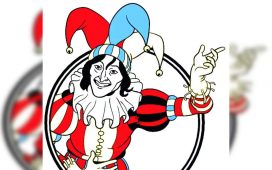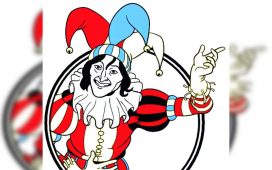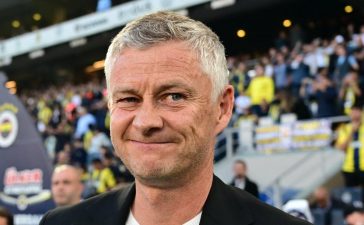
Less frequently so, but often enough, a donkey’s face is affixed above his human heads. Popular belief interprets this as a symbol of Ravan’s arrogant and obdurate nature, which drove him to his unfortunate end despite his many accomplishments.
While Ram is everywhere upheld as an ideal king with human and divine qualities, Ravan’s polyvalent personality harbours a range of polarities. He is a being of near-infallible strength, multifaceted intellect, talent, and grandeur. Capable of extreme valour, austerities, and devotion, he is a victim of unbridled greed, lust, and arrogance. This enigmatic blend of the heroic and demonic in Ravan’s character has inspired a range of artistic expressions.
Over the centuries, sculptors and painters have creatively configured the 10 heads of Ravan, from arranging them in horizontal and curvilinear sequences to piling them like a pyramid. Newer ‘demons’ in contemporary socio-political contexts are frequently included among Ravan’s demonic heads. And so, the iconography of the 10-crowned one continues to ignite artistic imagination.
But when did the donkey – or ass-head – become part of Ravan’s iconography? During the 5th-6th centuries CE, a robust tradition of making Ramayan sculptures for brick and stone temples was in vogue. Several detached terracotta plaques from this period have been recovered during archaeological explorations and are now housed in museums within India and abroad. Such sites were spread across present-day states of Rajasthan, Haryana, UP, Bihar, and West Bengal.
Initially, visual artists would often portray the king of Lanka with one head or with three or five visible heads, even though verbal epic imagery describes him as having 10 heads. It was at this time, when Ravan’s iconography was being experimented with, that an anonymous sculptor, inspired perhaps by a local tale in an unknown context, created the image of Ravan with a donkey’s head as part of a visual Ramayan narrative. The earliest known Ravan to be crowned with an ass-head is found on a 5th-century terracotta brick (photo) and is currently housed in the reserve collection of the National Museum in New Delhi. With the museum due to be renamed and relocated to the North and South Blocks as part of the Central Vista makeover, one hopes to see this rare piece of art on display in future. The fine aesthetics of this sculpture are revealed in the persuasive expression on Ravan’s bearded face, which fails to hide his lust for Sita, his eyes gazing at her in frank admiration. The donkey’s head could not have been more opportunely placed. It is this misguided moment of greed that led to the epic battle and Ravan’s decisive end.
Its literary parallel is hard to find in India. But Sanskritist and Ramayan scholar John Brockington informs us of a 9th-century Khotanese version with a horse’s head. And last year, historian and epigraphist Rajat Sanyal did tell me that the Sabda-kalpadrum, citing the Agni-purana, describes Ravan as ‘shanku-karna’ (possessing conical ears) – that is, an ass or donkey. So, we do have an oblique literary reference after all.
Some of the best-known images of a 10-headed Ravana crowned with a donkey’s head are seen in the Ellora cave-temples. Medieval Indian miniature paintings of the Ramayan have exploited this trope to its fullest visual potential. Modern, monumental concrete sculptures from Chhattisgarh, as also many of the effigies burnt during Dussehra, have continued to include the ass-head at the centre of Ravan’s multiple heads.
Clearly, it is the ass-headedness in us, symbolised by Ravan, that we need to burn every Dussehra, while appreciating Ravan’s many accomplishments and learning from his tragic fate.
The writer is professor of art history, department of History, University of Delhi

